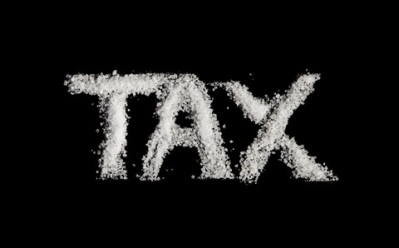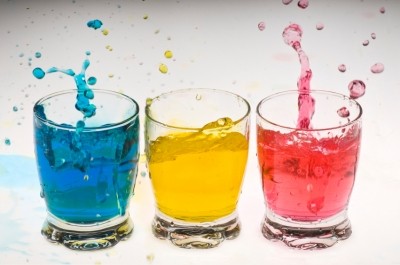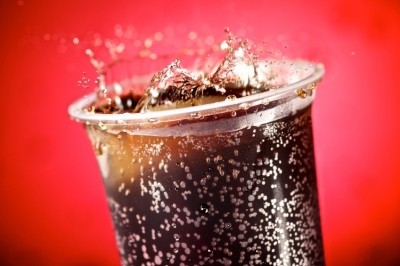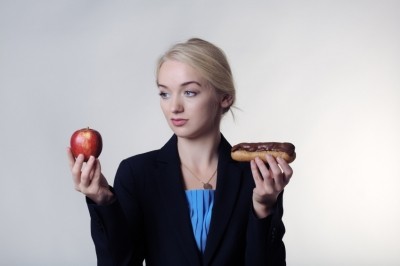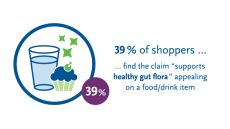Which do you think is more filling – a Coke or a Mars bar?
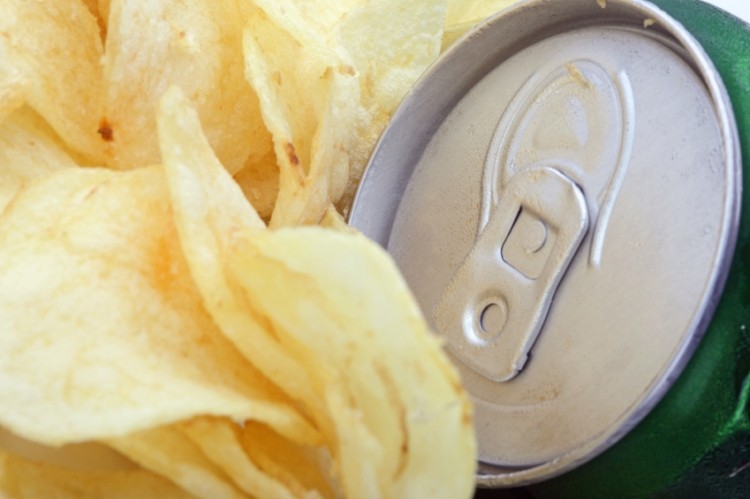
Past research has suggested sugar-sweetened beverages contribute to weight gain because they suppress appetite and energy intake less compared to higher-viscosity semi-solid and solid foods.
This had led to a “polarised position” whereby solid foods are indiscriminately assumed to be more filling than drinks, and therefore pose less of a public health threat, say researchers from the University of Bristol, who called instead for drinks and solid foods to be looked at on one “satiety continuum”.
However their study, published in the journal Appetite, questions whether consumers expected satiety differs across the two product types - shedding new light on how the product combinations impact this expectation.
“Our results indicate that people alter their expectations of how satiating a meal will be depending on the type of beverage that accompanies it, and that solid foods are not always expected to deliver greater satiation than beverages," said the authors. "Indeed, on a calorie-for-calorie basis, we found that some high-energy snack foods were expected to deliver the same level of satiation as a sugar-containing beverage.”
“This is relevant because expected satiation is an important determinant of portion selection and energy intake,” they wrote.
Stacking up the snacks
The EU-funded research used 68 undergraduates from the university to compare the participant’s expected satiation of various meal combinations across two separate experiments including salted Walkers crisps, Mars bars, Twix bars, salted peanuts, Hula Hoops and Haribo Starmix gummy sweets as well as the drinks Coca-Cola, Diet Coke and water.
After ‘imagining’ eating various meal combinations, they were asked which was likely to leave them feeling the most full immediately after eating.
In the first experiment this was compared to portions of rice and vegetables ranging from 10 –1000 calories.
Habitual consumption rates of the different drinks was also recorded and the results showed that those familiar with sugary drinks would be able to estimate their satiety more accurately.
“It is well known that prior experience plays an important role in shaping an individual's beliefs about the nutritive and satiating effects of a food. In regards to expected satiation, increased familiarity with eating a food has been shown to positively predict the amount of satiation it is expected to confer; an effect known as ‘expected satiation drift’.”
The researchers said consumption of caloric beverages had increased over the last 20 years in tandem with the rate of obesity – with children and adults getting about 14–20% of their daily energy intake from drinks.
Source: Appetite
Published online ahead of print, doi:10.1016/j.appet.2015.06.007
“Energy-dense snacks can have the same expected satiation as sugar-containing beverages”
Authors: A. A. Martin, L. R. Hamill, S. Davies, P. J. Rogers and J. M. Brunstrom
